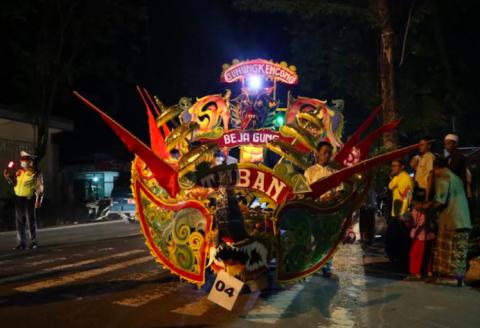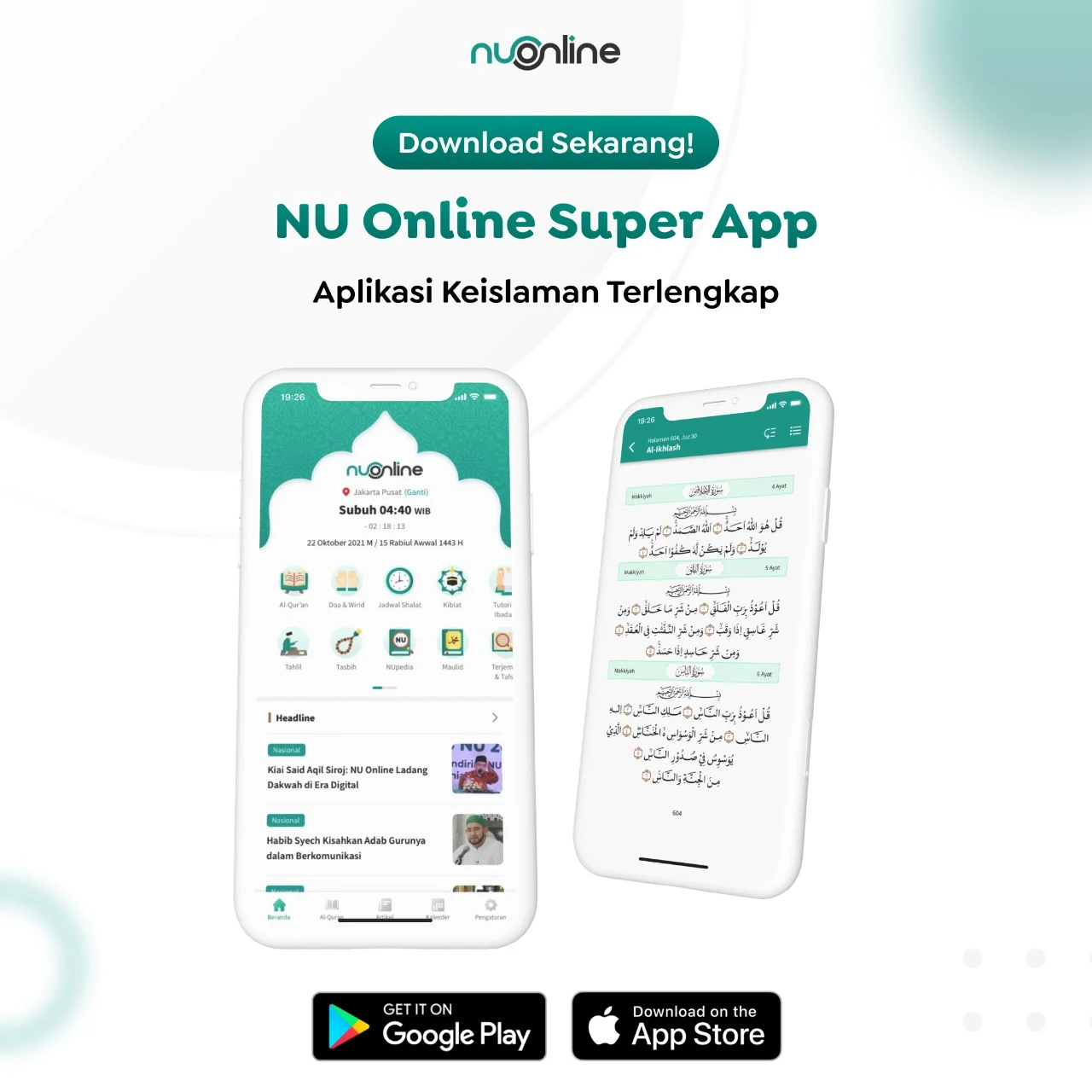Muslims in Tuban regency, East Java, hit the road on Tuesday evening to welcome Idul Fitri. Takbiran (recitation of Allah is great) in the land of walis (saints) was made to be remarkable, The Jakarta Post reported.
Starting off at 7 p.m. from the town square across the Regent’s Office, the convoys of 125 vehicles and participants from government institutions, schools, state-owned companies and organizations began to chant the takbir, serenaded by other surrounding mosques and sparkling fireworks from the town square.
“I hope that through this moment, peacefulness, togetherness and harmony in Tuban is upheld,” said Tuban Regent Fathul Huda in his speech before sending off the convoys.
Inside the town square, people packed the night market that offered many kinds of goods and entertainment, from mini playgrounds to food stalls.
Not far from the town square, a different group made of students from the Sunan Bejagung Islamic Boarding School marched on Jl. Pemuda.
Unlike the usual takbiran parade that uses a torch, they crafted a carnival-styled vehicle, equipped with red ornaments and flickering lights. Some youth were inside the vehicle playing gamelan (Javanese musical instruments) and hadrah (Arabic musical instrument).
Similar to them, some residents from Doromukti subdistrict also captivated road users with their blue vehicles draped in an artsy mythical bird shape.
Meanwhile, a different vibe was found in another part of Jl. Pemuda. At Muhdor Mosque, the Arab community that was concentrated in the surrounding area welcomed the holy celebration in a calmer way, not that they did not like the idea of euphoric celebrations but they have other ways of celebrating Ramadan.
“We have been occupied with distributing zakat ahead of Idul Fitri, so we tend to not have any other activities,” said Agil Bunumay, manager of Muhdor Mosque.
During Ramadan, the mosque served daily takjil for worshippers and residents in the surrounding area. Unlike any other takjil, the Muhdor porridge, a culinary heritage from the mosque, was served with a combination of Middle Eastern and Javanese twists.
“The idea of making a meal for the poor at that time [colonialism] came from the Arab immigrants, but the ingredients are mixed from both cultures,” said Agil.
The mosque has been serving the unique takjil since 1937 and it is only served during Ramadan. Some 30 kilograms of rice and 10 kilograms of lamb were needed every day to serve 300 to 400 people.
Named after the person who had donated the land and house, the Muhdor Mosque is one of the places in Tuban that could be linked to the 720-year-old traces of Middle Eastern immigrants who came to the coastal town. The assimilation between the Arab and Javanese cultures created a community of Arab-descent concentrated in Sidomulyo and Kutorejo subdistrict. (JP/Masdar)



